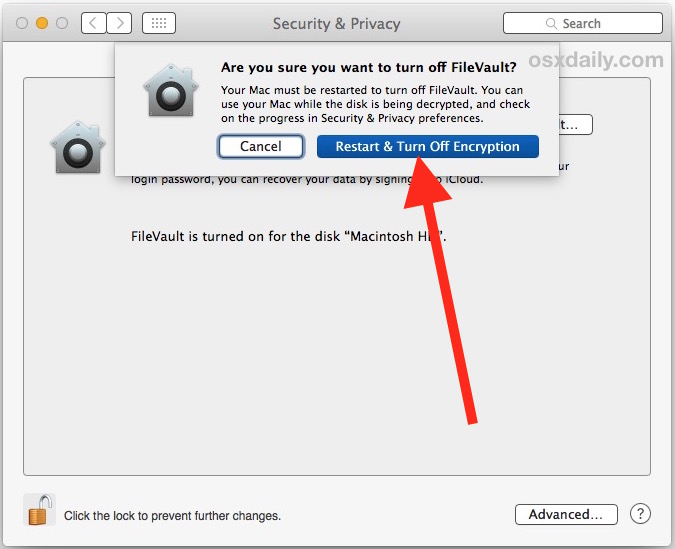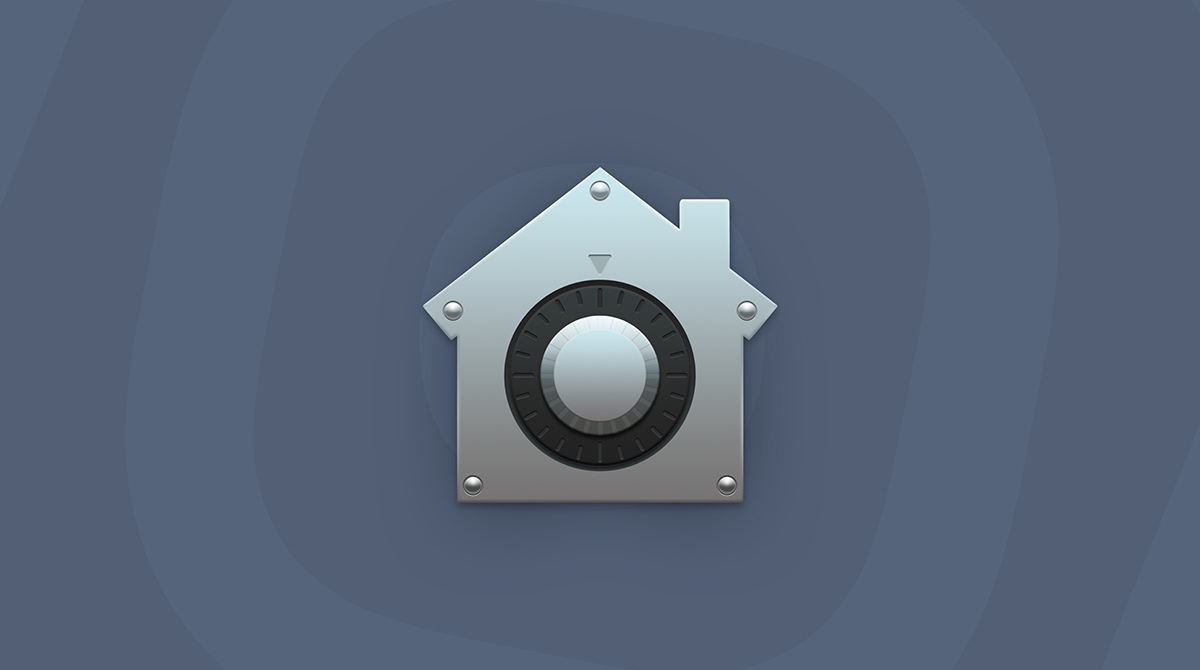

You can pretty much avoid issues altogether by being a little bit proactive in hunting down the common culprits.
#Mac os x encryption process how to#
How to force quit on Mac with a keyboard shortcut

Quit All is the most efficient tool to force quit processes safely - so you don’t lose the changes you’ve recently made in your files and apps. In this case, you have to force quit application Mac is hampered by. The problem is, sometimes when you try to quit a process, your Mac goes all frozen or there’s an error message telling you some app is not responding, and so it’s impossible to quit.
#Mac os x encryption process free#
Try free ✕ How to force quit an application that’s not responding To kill the process, type "kill -9" followed by the PID number. When you identify a process that's causing a problem or consuming too many resources, take note of the number in the PID column next to the name of the process. At the top of the list is an overview of the processes that are running and the resources they're consuming. You'll see a list of currently running processes. When Terminal has launched, type "top" into the Terminal window. Alternatively, navigate to the Utilities folder in Applications and double-click Terminal. When the Terminal app appears in Spotlight, tap Return to launch it. Press Command and spacebar to pull up Spotlight then start typing Terminal. If you prefer working with Terminal, you can also use it to quit processes: How to shut down processes using Terminal If it's an application, it will remain shut down. If it's a critical process, it will restart. The process will quit and free up the resources it was taking up. To do that, click on the process first and then on the X in the Activity Monitor toolbar. When you identify a process that's causing a problem, either because it's hogging lots of CPU cycles or memory, or because it's highlighted in the Activity Monitor as having crashed, you need to kill it. To flip the order, so that processes consuming the least of the resource are at the top, click the arrow next to Memory or CPU above the list of processes. By default, processes are ordered starting with the one that's consuming the most of the resource at the top, so you can quickly see where problems are occurring or likely to occur. So, clicking on CPU lists tasks in the order of how much CPU capacity they're using. Clicking on any of those tabs organizes processes according to the percentage of the resource they are using. You'll notice there are five tabs across the top of the Activity Monitor window: CPU, Energy, Memory, Disk, and Network. When it appears in Spotlight, hit Return to launch it. Alternatively, press Command and spacebar to call up Spotlight, then start typing Activity Monitor. The fastest way is to open Activity Monitor through iStat Menus. Here’s how to terminate process Mac is stuck upon:

IStat Menus also has a shortcut to opening Activity Monitor - just click the first icon on the left at the bottom of iStat’s drop-down menu. And if you switch to the Memory tab, you will see the same list ranked by the amount of used up RAM.įor more immediate information on how your computer resources are consumed, check running process in Mac using iStat Menus, which handily lives in your menu bar and, in its MEM table, shows you applications and processes that are consuming more than their fair share of RAM in real time. In the default CPU tab, you can see how much processing power every process takes, ranked by the most consuming. The easiest way to view all active processes running on your Mac is to launch Activity Monitor from your Applications folder.
Try free ✕ How to kill process using Activity Monitor


 0 kommentar(er)
0 kommentar(er)
